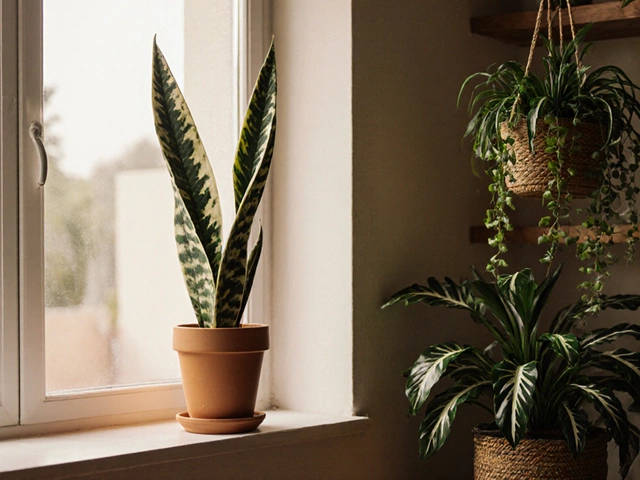Houseplant Care: Easy Tips for Healthy Indoor Plants
If you’ve ever wondered why some of your plants look droopy while others stay perky, the answer is usually simple: they’re not getting the right mix of water, light, and humidity. The good news? You don’t need a greenhouse or a degree in botany to fix it. Below are the core things you can adjust right now to make every leaf look its best.
Watering & Light Basics
Start with water. Most houseplants prefer a “soak‑then‑dry” routine. Water thoroughly until it runs out of the bottom pot, then let the top inch of soil dry before you water again. Stick your finger in the soil; if it feels dry at that depth, it’s time to water. Over‑watering is a bigger problem than under‑watering for most indoor species, so avoid keeping the soil constantly soggy.
Light is the other big factor. A bright, indirect window is ideal for most tropical houseplants. If the plant leans toward the light source, rotate it a quarter turn every week to keep growth even. Low‑light plants like snake plants or pothos can survive farther from the window, but they still need a few hours of filtered light each day.
Humidity, Mist & Common Problems
Many Indian homes have dry indoor air, especially in winter. Instead of misting randomly, aim for a consistent humidity level of 40‑60 %. You can raise humidity by placing a tray of water with pebbles under the pot, using a small humidifier, or grouping plants together to create a micro‑climate.
If you notice brown leaf tips, check two things: water quality and humidity. Tap water that sits for a few hours lets chlorine evaporate, which is gentler on roots. Letting water sit for 24 hours is even better for sensitive plants.
Yellow leaves often signal over‑watering or a nutrient shortage. Trim the yellow part, then let the soil dry a bit longer before the next watering. Adding a slow‑release fertilizer once in spring can give the plant the boost it needs.
Pests like spider mites love dry air. A quick spray of water on the leaf surface can dislodge them, and keeping humidity up makes the environment less inviting for these bugs.
Finally, don’t forget to repot every 1‑2 years. As roots fill the pot, they compete for water and nutrients, which slows growth. Choose a pot just one size larger than the current one and refresh the soil mix with a good-quality potting mix that drains well.
With these straightforward steps—right watering rhythm, proper light, steady humidity, and occasional feeding—your houseplants will bounce back faster than you expect. Keep an eye on how each plant reacts, and tweak the routine as needed. Happy growing!
How to Tell If Your Houseplant Needs Water: Simple Signs & Expert Tips
Learn to spot when your houseplant is thirsty. Get real tips on how to check soil, leaves, and other signs to keep your indoor plants healthy.
About
Indoor Plant Care
Latest Posts


Discover Year-Round Blooming Creepers in India
By Alden Thorne Jan 24, 2025

Grandma Plant Explained: Easy‑Care, Sustainable Houseplant Guide
By Alden Thorne Oct 17, 2025

Rare Flowers Found Only in India: Unveiling the Subcontinent's Unique Blooms
By Alden Thorne Jul 7, 2025

